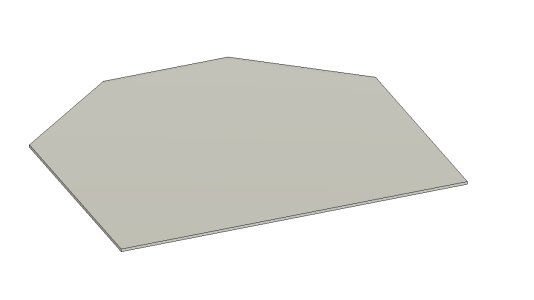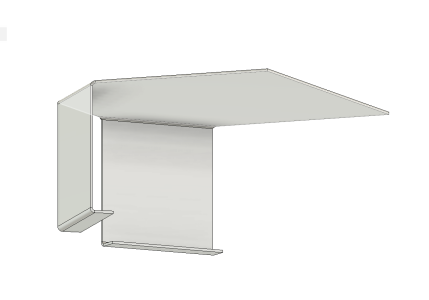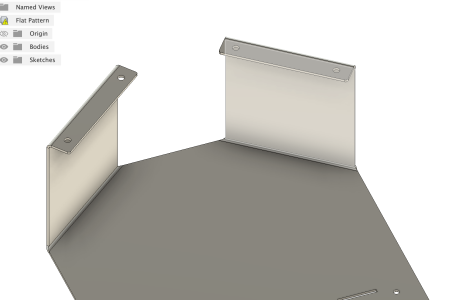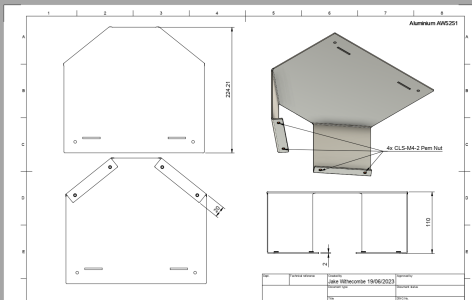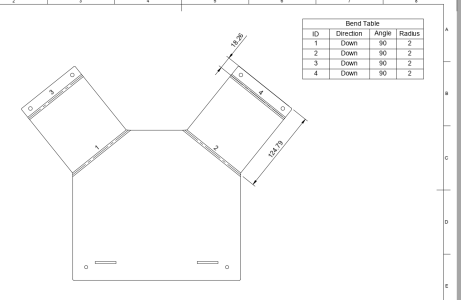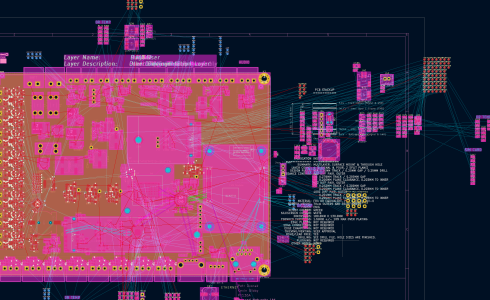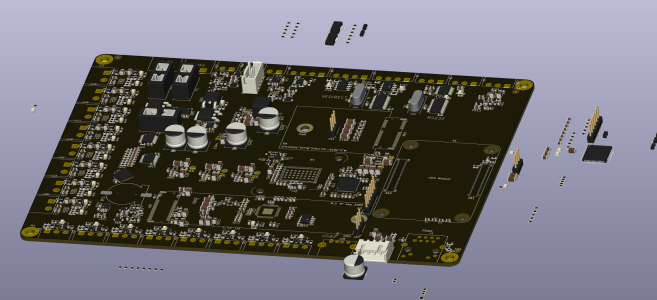Chiara’s slave
Well-Known Member
I’m referring to the choice to circulate the hot water, not how you make it hot. I accept your point re calorifiers.I'd be curious to hear which situation you have in mind, because imho having domestic water completely disconnected from the engines is always the best choice, from a technical viewpoint.
I fully appreciate that in a smallish boat mostly used without running the genset (or with no genset at all), warming domestic water with the engine(s) can be necessary.
But that isn't a matter of good vs. bad choices, it's just a necessary evil triggered by lack of alternatives!






